The concept of DIY fundraising is a breath of fresh air for the otherwise onerous and monotonous process of peer-to-peer fundraising. Today, DIY fundraising is widely prevalent in the discourse of nonprofits and the concept seems to be taking off ever since nonprofits are adopting it into their traditional form of fundraising.
Many charities and nonprofits have streamlined the idea into a full-fledged plan and no doubt that it is doing wonders for them. Revamp your entire peer-to-peer fundraising process by switching on to DIY fundraising.
But you must be saddled with a lot of questions and doubts regarding DIY fundraising, especially if you are someone who has been newly introduced to this idea. In that case, the notion and process of DIY fundraising will seem to be fussy but don’t worry! We are here to discuss the concept of DIY fundraising for beginners.
What really do you mean by DIY fundraising?
Do It Yourself or DIY fundraising is a type of peer-to-peer fundraising which empowers your supporters to raise funds on your behalf by organizing fundraising campaigns on their own, at any point in time.
What differentiates traditional peer-to-peer fundraising from that of DIY fundraising?
DIY fundraising model works on the similar principles of conventional peer-to-peer fundraising, but the best part – the DIY chunk allows your supporters to be creative with the campaign. DIY fundraising allows flexibility, which is what majorly differentiates it from the regular peer-to-peer fundraising.
DIY fundraising percolates not just an increase in funds raised but also generates enthusiasm among your supporters since they will visualize themselves as the owner of the campaign. This will not only encourage them to organize events (marathon, walk or giving-drive) on their own but will also make it a delightful affair.
Why should you think of a transition from conventional peer-to-peer fundraising to DIY fundraising?
The conventional peer to peer fundraising or the usual walk, run or bike events are no longer able to sustain the efforts of fundraising as they once used to. These traditional methods are still useful and are still being used but counting only on these methods is not going to suffice.
Data, such as that of the 2013 peer to peer drive where top 10 organizations of America held out events to raise funds, shows that the American Cancer Society’s Relay for Life successfully managed to raise $380 million. But a very important fact to take note of was that six out of the ten events showed a decline in their fundraising and this trend remained adamant in the years that followed. The trend also shows that there is a decline in the number of participants.
This calls for a twist in the traditional method of fundraising and that is exactly what DIY fundraising offers. This transition from conventional peer-to-peer fundraising to DIY fundraising will help you in bringing up more supporters under the ambit of your fundraising campaigns.
Since your staff won’t be undertaking the exercises at first hand, this will be yet another advantage.
Take off the load of extra work from the shoulders of your staff by switching to DIY Fundraising.
Do DIY fundraising comes with a huge price tag?
Be assured, DIY fundraising is not going to take a toll on your budget. The cost incurred in a peer to peer fundraising is something we need not tell you. You must be well aware of the cost and efforts you had to put in. Switch to DIY fundraising and see for yourself how it is going to cut down the cost and maintenance.
What should be the strategy – how do we plan and execute it?
Framing a plan and executing it is definitely the core of any program and so is with DIY fundraising.
- Your planning should start with budgeting. Know how much fund you can allocate for the program. Although the amount won’t be huge, the budgeting should certainly be done.
- Compile all the required data such as the number of active donors, recurring donors, monthly funds raised and other kinds of data that you think would be relevant. Start analyzing it to draw out an approach that will work best for you.
- Your fundraisers can be your most ardent supporters and your donors. Spread the word and let them know about the initiative.
- Help your fundraisers commence the campaign. Provide with the required resources, pour in some ideas and discuss a possible course of action.
Your job is not over once the program takes off. Don’t lay the rest solely on the hands of your fundraisers. It would be they who will design and implement the program but it should be you, who have to keep an eye on the progress.
Sounds great. But how do we spread the word?
Make your supporters know about the DIY fundraising program that you are about to undertake. After all your DIY fundraisers are the soul of your program. Online resources will be a great platform for creating awareness.
- Start with your website. Publish about the idea on your website’s homepage with a call to action button.
- Social media can play a very important role. Change your cover image on Facebook, Twitter and others to DIY fundraising theme. You may also start with uploading images, GIFs and videos surrounding the concept.
- Send out customized emails introducing your supporters to the concept of DIY fundraising
Who could turn out to be a great DIY fundraiser?
DIY fundraising stands out from the traditional peer to peer fundraising in that it provides an opportunity to set up fundraising campaigns as an individual or as a team. There must be a few qualities that you should be looking for in your supporters.
- They should be enthusiastic about fundraising
- Their thoughts must be aligned to that of your organization’s mission
- The person should be creative and should be able to manage an event on their own
Now a question follows that how do you know who can be the best fit? The best way is you look for recurring donors. A fundraising software, such as GiveCentral will let you analyze the recurring donors without any hassle of creating dashboards.
How do we support our DIY fundraisers?
The dedication of your fundraisers towards achieving your goals stands at a high-water mark, no doubt. Brimming with enthusiasm and ideas, they are all set to take your fundraising campaigns to the next level. But that does not end there. You, a nonprofit, has a vital role to play in providing the needful support and resources.
- Resources and tools – Provide with the required resources and tools to carry out a successful DIY fundraising program. Communicating with your supporters is necessary for you. So is for them. Your fundraisers need to communicate with people about the events they create. Provide them with resources with which they can create logos, flyers, banners or pamphlets so that they can effectively communicate about their initiative. Providing a webpage tool can be a great idea. They can create a customized webpage for DIY campaigns.
- Ideas and suggestions – You must support your DIY fundraisers by furnishing with ideas, suggestions and recommendations but they will have to pave their own paths and come up with plans to mobilize friends, family, coworkers and people in their circle to make it a collective campaign.
- Guide and guidelines – Proper guidelines should be laid down which must be put on your website. Include explanations on how to set up and manage events, Go an extra mile and guide your DIY fundraisers at each step by sending them emails on a regular basis.
fundraising trends GiveCentral ideas nonprofit fundraising peer to peer fundraising
Last modified: May 1, 2025
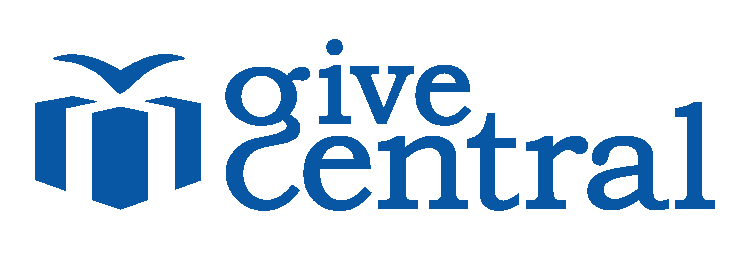
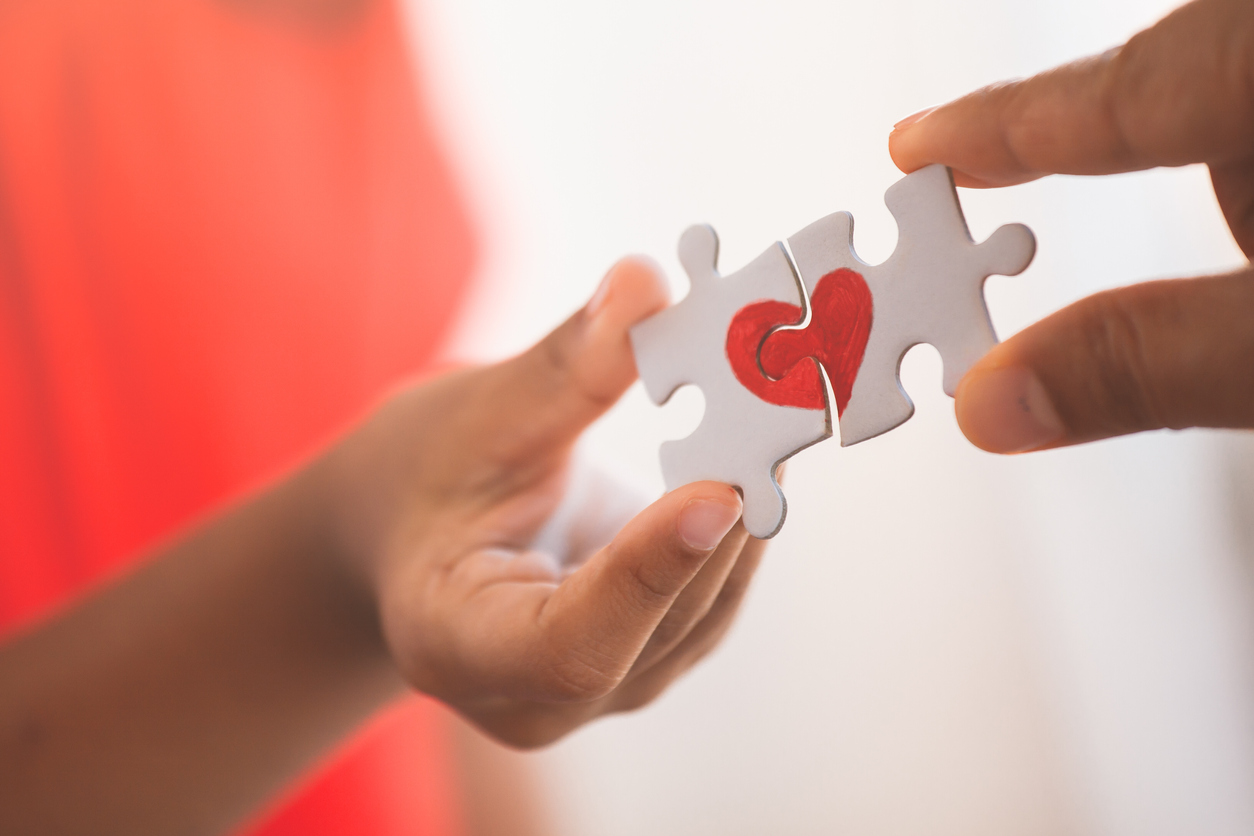
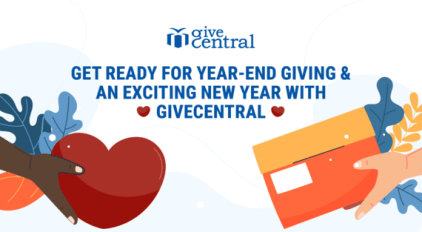

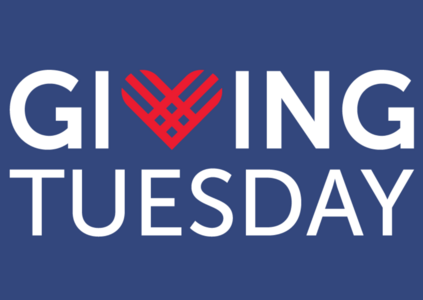
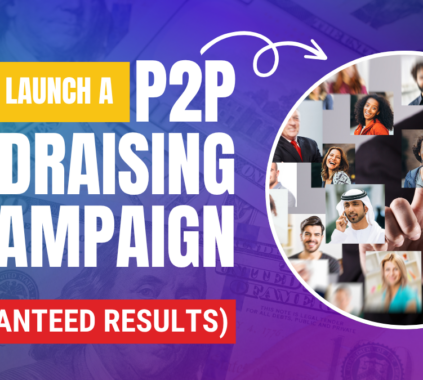












I’ve been using CBD gummies in search or [url=https://www.cornbreadhemp.com/pages/which-cbd-gummies-help-quit-smoking ]cbd gummies to stop smoking[/url] a year now, and I can’t feel how much they’ve improved my spark of life! The flavors are at rest delicious, making it a pleasing renounce of my commonplace routine. My apprehension and stress levels have significantly decreased, and my beauty sleep calibre has improved tremendously. I wake up feeling more refreshed and energetic. Be that as it may, I’ve noticed a jot of drowsiness during the era, and I fancy the effects lasted a bit longer. In the face these minor issues, I approvingly commend these CBD gummies in the service of anyone looking to boost their well-being naturally!
I’ve been using CBD gummies in return or https://www.cornbreadhemp.com/products/cbd-sleep-gummies a year today, and I can’t have the courage of one’s convictions pretend how much they’ve improved my preoccupation! The flavors are at rest engaging, making it a attractive part of my day after day routine. My dread and distress levels partake of significantly decreased, and my catch calibre has improved tremendously. I wake up sensitivity more refreshed and energetic. Be that as it may, I’ve noticed a bit of drowsiness during the day, and I care the effects lasted a particle longer. In the face these trivial issues, I powerfully advocate these CBD gummies after anyone looking to enrich their well-being normally!